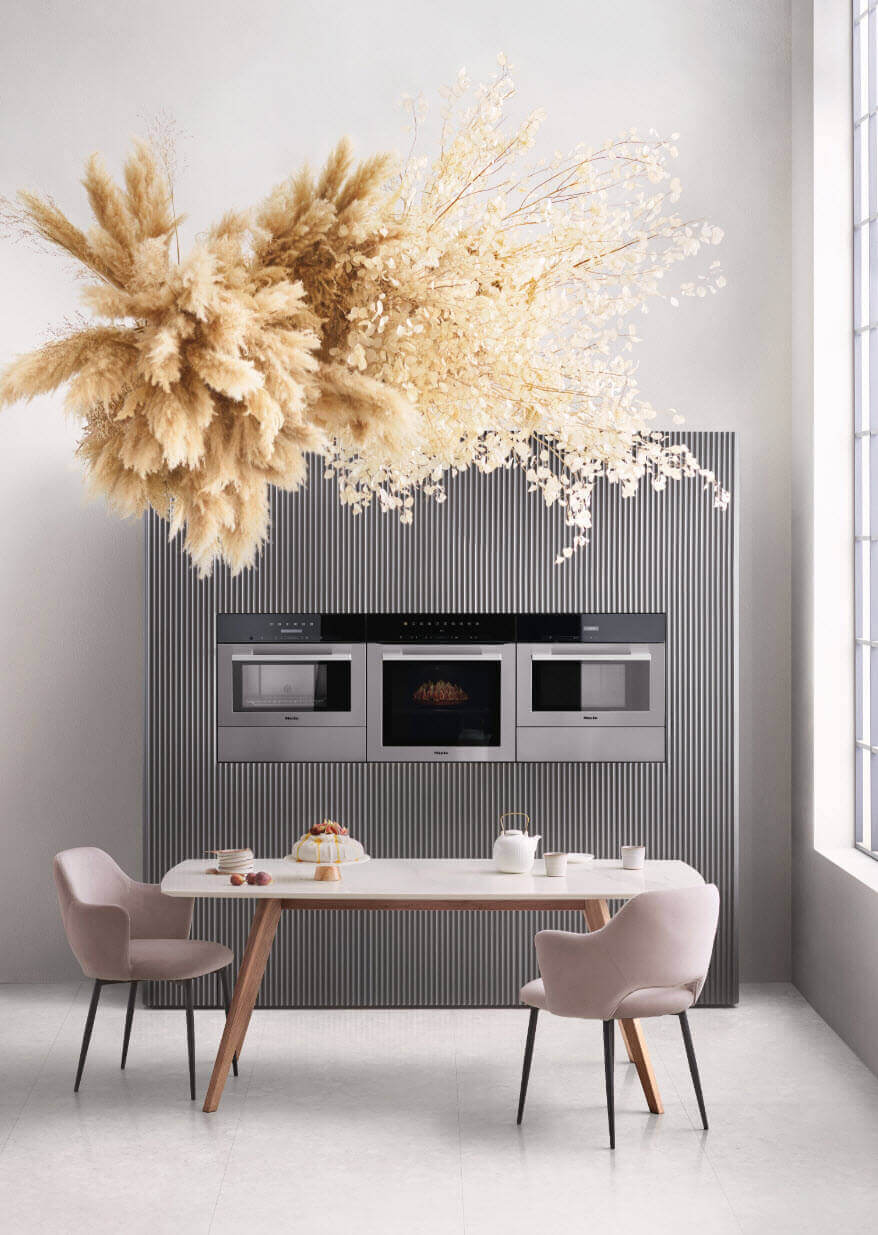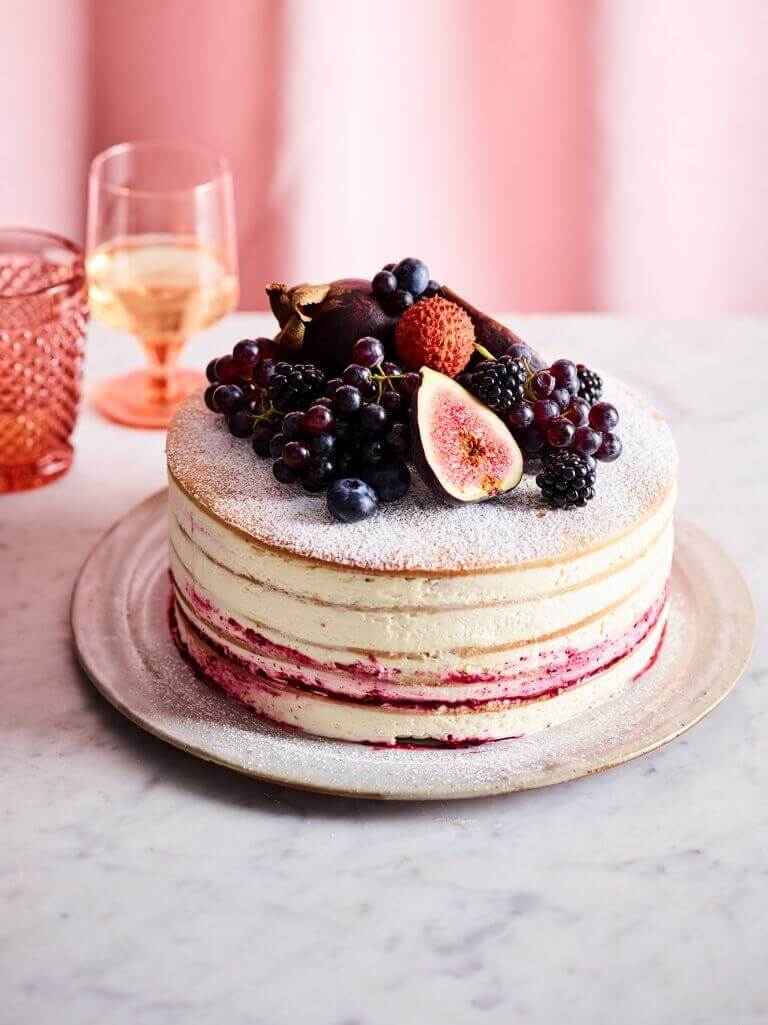Taking a look back: 120 years of trends
From the conservative yet elegant transition to the 1900s, to the roaring 1920s, revolutionary 1960s, punk rock 1980s and the grunge 1990s, fashion has been on a wild ride over the last century. In celebration of Miele’s 120 years of innovation, we take a look back at the transformations that have shaped the fashion industry and how some trends have survived through the ages.
Miele first opened its factory in 1899, right on the cusp of the 20th century when cultural shifts occurred across the globe which in turn, influenced fashion trends. The last decade of the 1800s saw a rise of mass-produced clothing, the birth of moving pictures, the popularisation of automobiles and the suffragette’s movement. Women’s fashion in particular began to reflect the changes as they gained more liberties, both politically and in the work force, leading to a greater demand for ready-to-wear and practical garments.
20th century wardrobe staples
At the turn of the century, there were several staple garments in every woman’s wardrobe including every day & formal dresses and skirts, a shirtwaist, suits, tea gowns, outerwear and sportswear. Each of these pieces were adapted from the earlier fashion of the century to allow for more comfort and freedom of movement. Divided skirts entered the market and were designed so women could ride bikes in skirts without difficulty. Tea gowns, which were once reserved only for wearing at home, were a regular appearance by 1899, just one of the symbols of increased female freedom during this era.

Image via History Fashion Timeline
As many countries became more urbanised and men’s lifestyles evolved so too did their need for a more flexible, ready-to-wear styles. Men’s suits, both for workwear and casual occasions, started to become notably shorter and tighter, from cuffs to trousers. Men’s choices generally consisted of formal and informal suit coats, jackets, trousers, shirts, neckties and accessories.
Fabrics and textiles
The most commonly used fabrics in 1899 were both delicate for women and heavy duty for men. Fabrics such as tweed, satin, lace and suede were increasingly common however, they all had one aspect in common – they were all difficult to care for and maintain until the invention of the washing machine. Miele’s first ever washing machine wasn’t invented until 1901, so before this time clothes were only washed by hand. A tub of hot water, a wash board and laundry soap were the key to every 1890s laundry. Mondays in 1899 were known as “washday” as clothing was generally only cleaned once a week, due to the effort and time involved.
Today, Miele’s washing machine, dryer and care collection allow premium washing for all garment types, from wool to silks, delicate to dark items. These innovations have given us luxury standards in clothing care and laundering that weren’t experienced 120 years ago.

A new era
Fashion began to change rapidly and continued to do so throughout the 20th century. Each decade saw a different trend and style come into season and that’s how we identify them by today. It wasn’t until the 1950s that the world saw an end to rigid styles and traditional formal and informal wear. More relaxed styles came into play and there was more liberty in personal styling.
Women started to wear pants, miniskirts and their clothes were made from more luxurious fabrics such as silks, which were used in more mainstream contexts and clothing shapes changed to accentuate waists. Men were seen in more leisurewear as opposed to the typical three-piece suit and shorts gained a mass market appeal.
It was also during the 1950s that Miele launched its No. 75 rectangular washing machine and No. 307, the first ever front-loading washing machine, with a world first ‘porthole door’ as mechanical needs changed.
Through the 60s, 70s and 80s, women’s garments became more colourful, playful and shorter than ever before. Men were seen in even more relaxed styles with jeans and casual activewear suiting the move to a more balanced and fun lifestyle. To match the rise in fast fashion, Miele introduced a new generation of computerised washing machines providing a faster spin speed and more energy-saving programmes.

Fast forward to 120 years later and in 2019 technology is now a part of almost every aspect of people’s lives. Clothing and accessories are now, more than ever, a symbol of freedom and creativity, rather than just ‘attire’.
With the conscious consumer on the rise and those seeking quality investment pieces that last the test of time, Australians are working hard to slow down the ‘fast fashion movement’. Miele’s care collection and its range of laundry appliances are helping to ensure that garments are washed with exceptional quality every time, meaning that they too last the distance.
Although the world of clothing has changed and adapted across the past 120 years, there has been one consistent denominator; when it comes to quality and care for garments, there are simply no exceptions.
To learn more about Miele’s 120 Years of innovation head to our website here and to shop our current range of laundry appliances visit shop.miele.com.au




